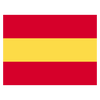Massage therapy in all its forms is one of the oldest types of treatment, and one of the few that have truly stood the test of time. Regular massages are a great way to help your body move into better posture, calm the nervous system, and recover quickly and effectively.
Body Massage Benefits
While there are a host of health benefits of massage therapy, we like to boil it down to three specific areas.
-
Recovery.
-
Corrective work (ie, healing an injury, balancing posture, reduce pain etc).
-
Relaxation and Stress Reduction.
Let’s break these down in a little more detail, because massage therapists can use different techniques for different purposes.
Recovery
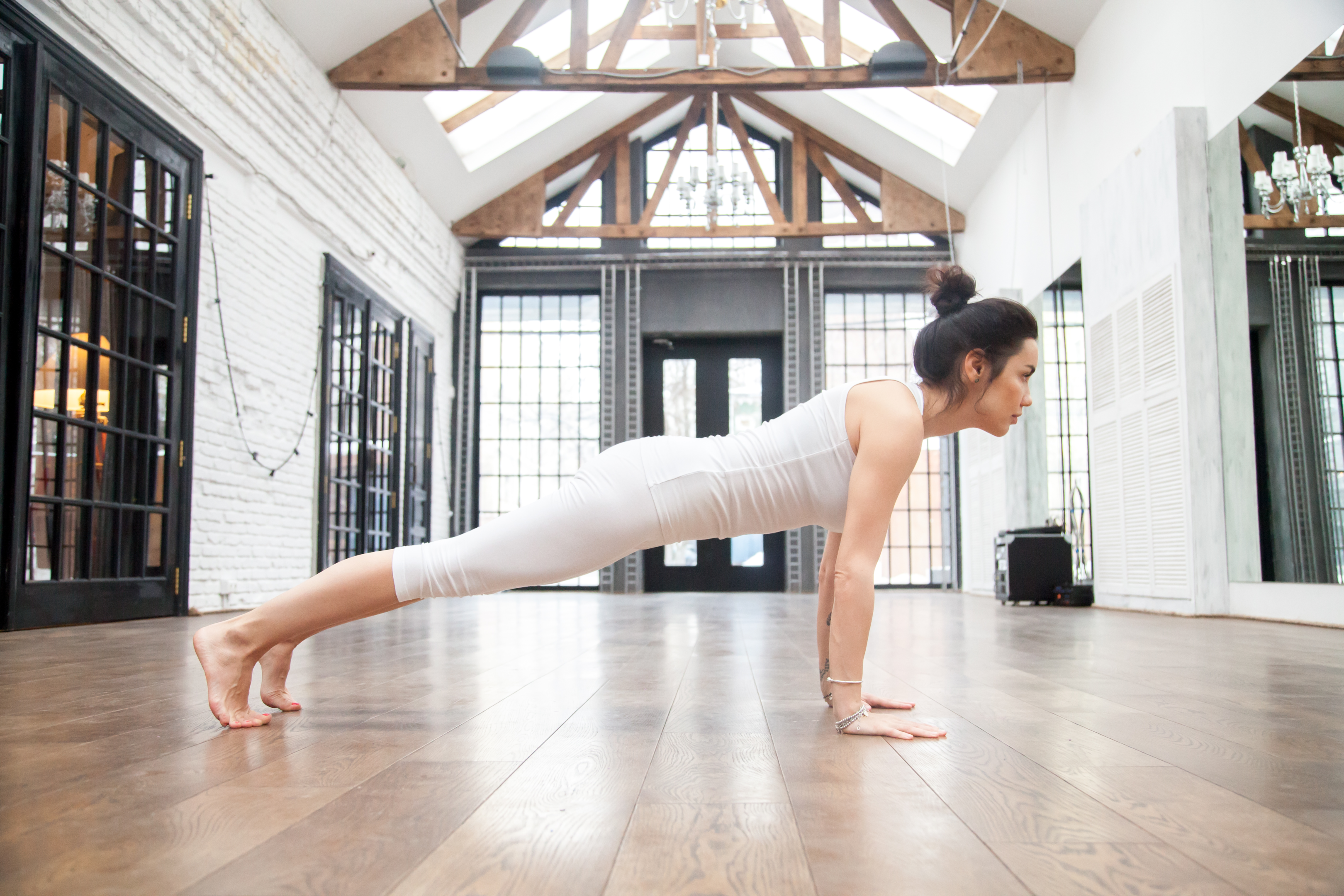
Recovery is about healing quickly and dealing with the effects of sore muscles, or DOMS (delayed onset muscle soreness). You'll find massage therapists onsite with every professional sports team imaginable.
Oftentimes, when folks are starting a new fitness routine after long periods of inactivity, they’ll find themselves incredibly sore. This soreness can be a barrier to even continuing the fitness program!
Massage can help reduce the subjective effects of soreness on almost any muscle group, along with reducing the feeling of stiffness in the muscles and joints.
Fluidity is Everything
The body's main way of delivering nutrition, and removing toxins and waste... is fluid! When we move more fluid, we're turning our body into the clear and fast moving stream (rather than the stagnant pond). Whether is blood coming in or lymph going out, by speeding up the fluid movement, you can help speed up recovery and get back going even faster.
As opposed to a deep tissue massage, a therapist might use longer lighter strokes to help flush lymphatic fluid, and simply get fluid moving throughout the tissue. It's also different from a sports massage, where a therapist might use deep, prolonged pressure to affect deeper layers of muscle tissue. Lymphatic massage is a great example of using massage therapy for recovery.
Using a tool at home, you'll want to use long and light strokes using a massage stick to help flush out the after-effects of exercise, reduce the perceived pain, and recover quicker.
Corrective Work
Corrective work is all about making your body more aligned, efficient, and effective. When our joints are aligned, and we stand upright, the body becomes more efficient because it doesn't have to rely on the muscles and soft tissue to hold the extra weight, it can rest easy on a strong spine.
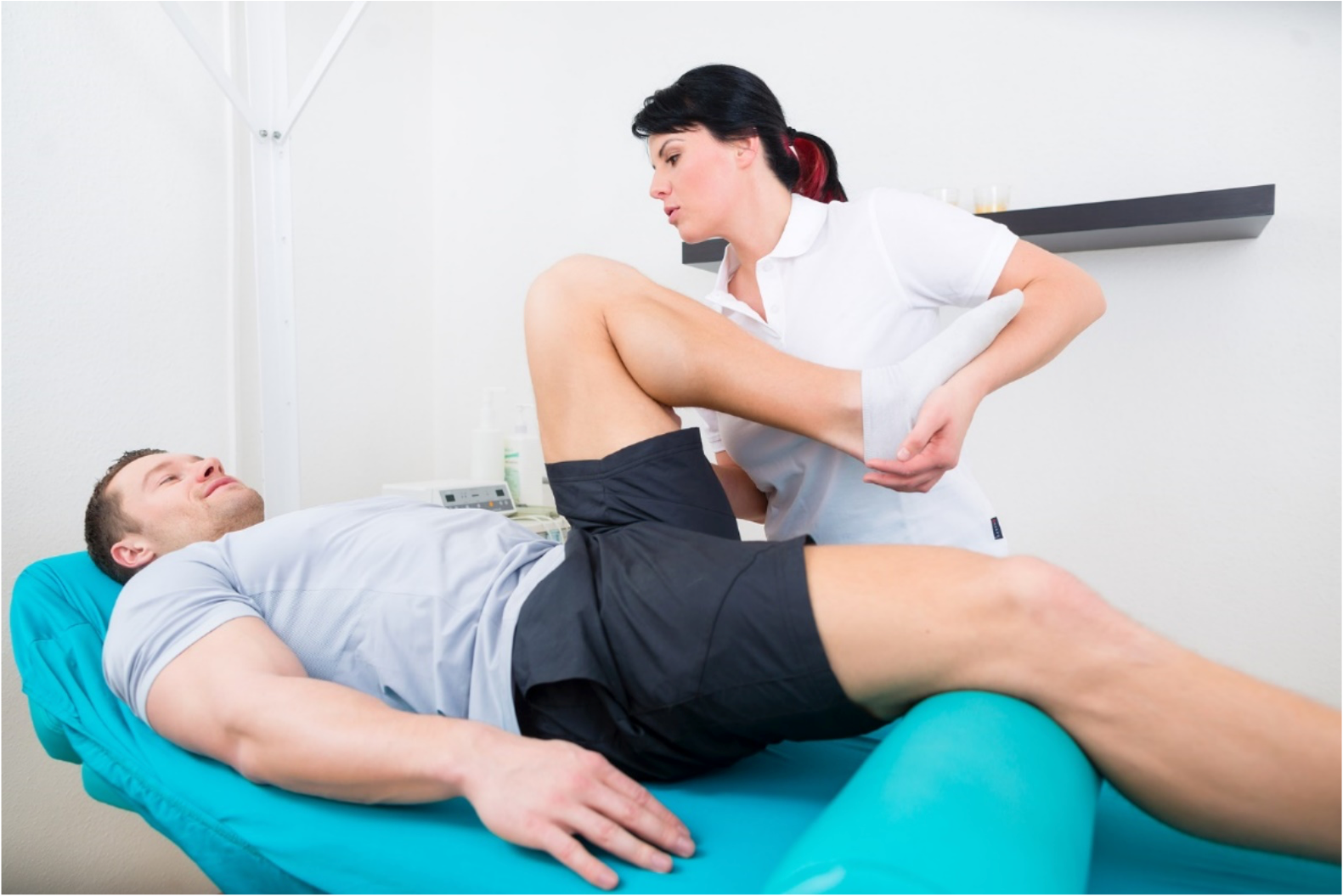
Imagine the guy-wires holding up the mast on a sailboat. The strong mast in the center supports the sails, and the smaller guy wires support the mast. If one of these guy wires is crooked, or tight, it will pull the mast out of alignment, and put tension on it.
This is a simple analogy for how our muscles affect our posture. Muscle tension around a joint is like having a misaligned guy wire! It pulls everything out of balance. Connective tissue gets overworked, joints misbehave, and even chronic pain can set in.
Realign and Restore for Relief
Regular massage therapy can help loosen up the tight muscles around the joints, helping them to bring balance back. It can often reduce pain in joints for the same reason because a joint that is constantly off balance will tend to make for wear and tear on one side. Even if you're not sure which muscles are pulling your body out of balance, a good massage therapist can help identify them.
This type of massage therapy fits in the realm of therapeutic massage. The goal is to help restore balance, free up new range of motion, and feel better overall.
Typically, these types of massage use heavier pressure for longer periods of time. As opposed to recovery based massage, therapeutic massage therapy, it can feel a little more intense, but you're almost guaranteed to feel 20 pounds lighter when you get off the table. Great for stress and anxiety reduction, pain relief, and long-term health. We'd class trigger point massage in the same realm.
Restoring balance is one of the primary benefits of massage therapy.
Relaxation and Stress Reduction
The physical benefits of massage therapy are certainly clear, but don't underestimate how much it can help relax and de-stress your whole system.
One of the ways we can help reduce anxiety and mental stress is working through the body with massage therapy. It's a backdoor, so to speak.
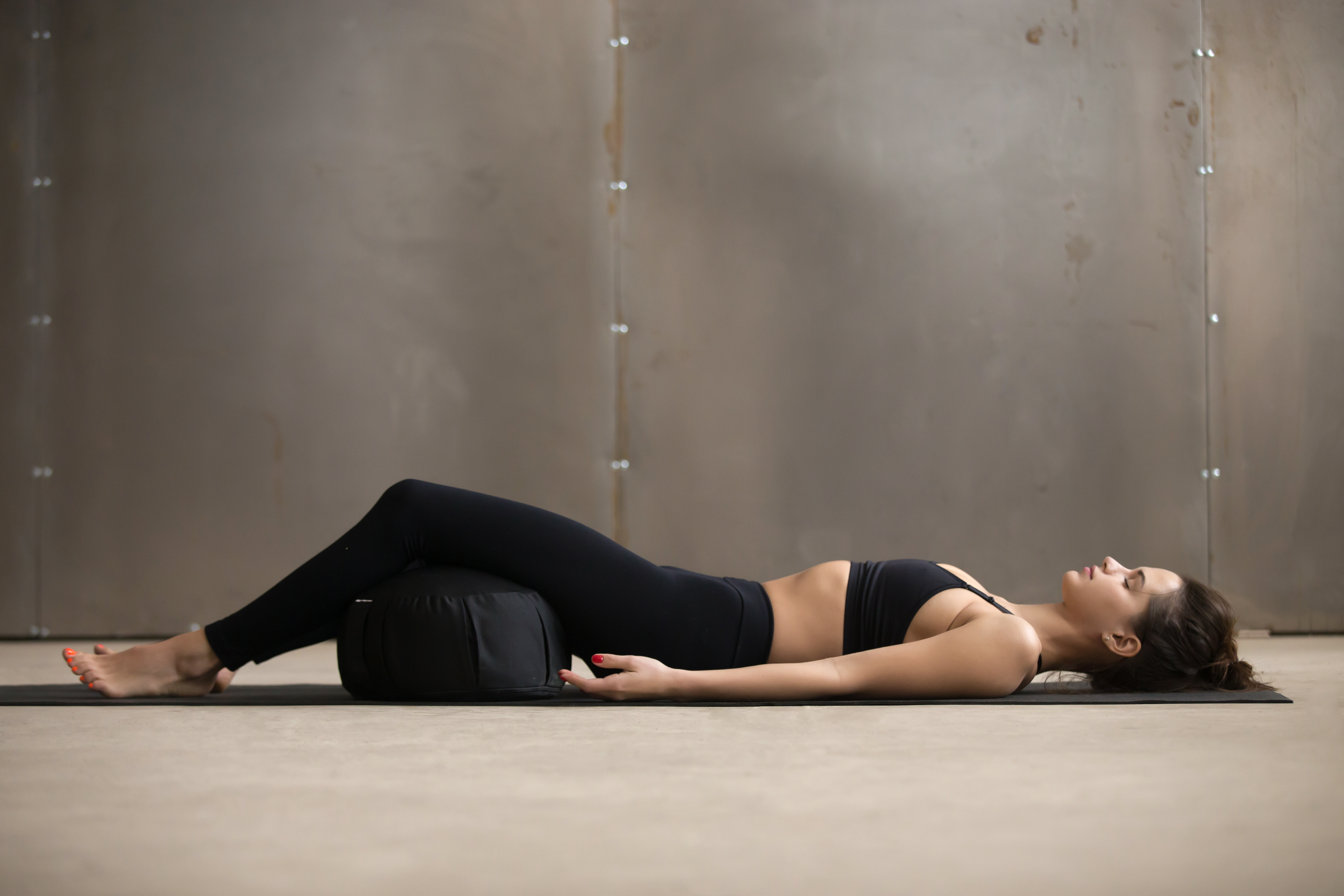
When we have stress and anxiety, it tends to leave obvious traces in our posture and muscle tone, because the nervous system literally sets the tone of our muscles.
The Body and Mind Connection
For example, when you hear a loud bang and you feel startled, you can unconsciously take on a defensive posture.....The muscles around the abdominal wall clench, you bend forward, and generally close up. This is a normal reaction of course, but a similar process can take place with chronic stress. The body slowly closes in on it's posture because the nervous system is in a state of stress, thinking it either needs to fight or run. Tense muscles can come from an injury, but it can also come from the nervous system just as easily.
If we use massage therapy to increase relaxation, we tend to open back up, shedding off the lasting aftereffects of stress. Regular massage can help reduce muscle tension, which can help us feel a little more 'back to normal'.
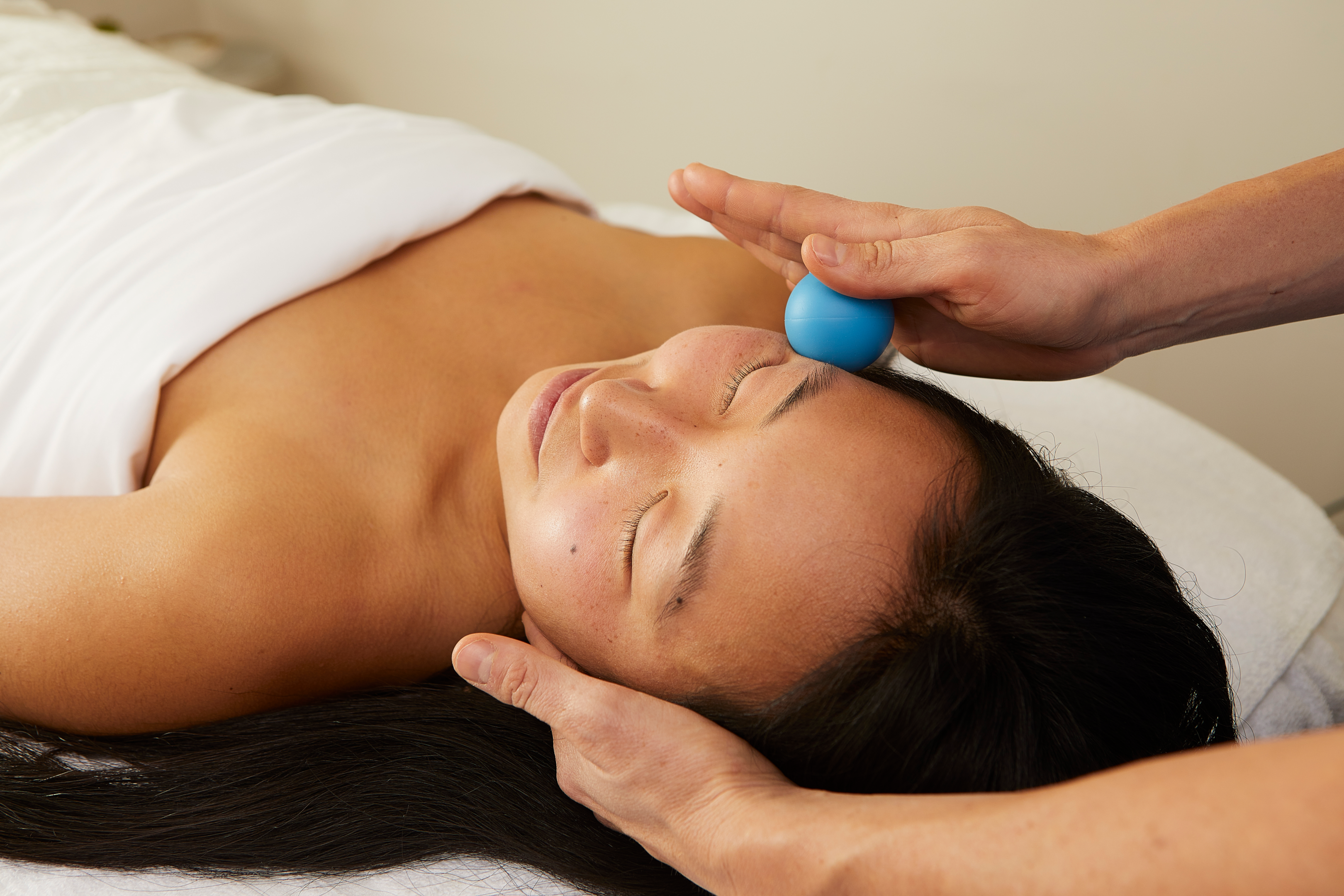
Whether it's deep tissue massage therapy, sports massage, or recovery-based work, they will all increase blood flow, reduce blood pressure, and provide a whole host of health benefits for the mind, and the body. Since we may not be talking about a specific area that needs work, full body massage is always recommended for stress reduction.
Even by increasing relaxation temporarily, you're building the foundation of good posture and muscle tone, which can help shed stress in the body for long term benefits.
As far as massage techniques go, we're looking for light pressure, big coverage, and slow movements. Here's to dropping those stress hormone levels ;).
What can we do at home?
We can take the basics of all these styles and techniques, and take care of a good majority of it at home. Using tools at home won't replace your massage therapist, but it will allow them to literally dig deeper into what's going on.
We like to think of it as taking care of the basics, which allows the massage therapist to focus on deep-seated muscle tension and complex patterns....Which you may or may not be able to identify at home.
You may have heard of Self-Myofascial-Release (SMR), referring to the fascia that not only holds our muscle together, but even our organs and skin. This fascia is a web of connective tissue that give shape to our muscles, holds them in place, and provides a rich sensory network for our brains to feed off.
Going back to our three main usages for massage therapy, we'll show a general direction for tools to use for each.
Recovery
We like to use softer tools with a bigger surface area, both of which help to reduce pressure. Remember, we're just trying to move surface-level lymph and fluid, so there's no need for a lot of pressure. Long, light strokes with a tool like the Rod can help reduce feelings of soreness on the legs and arms.
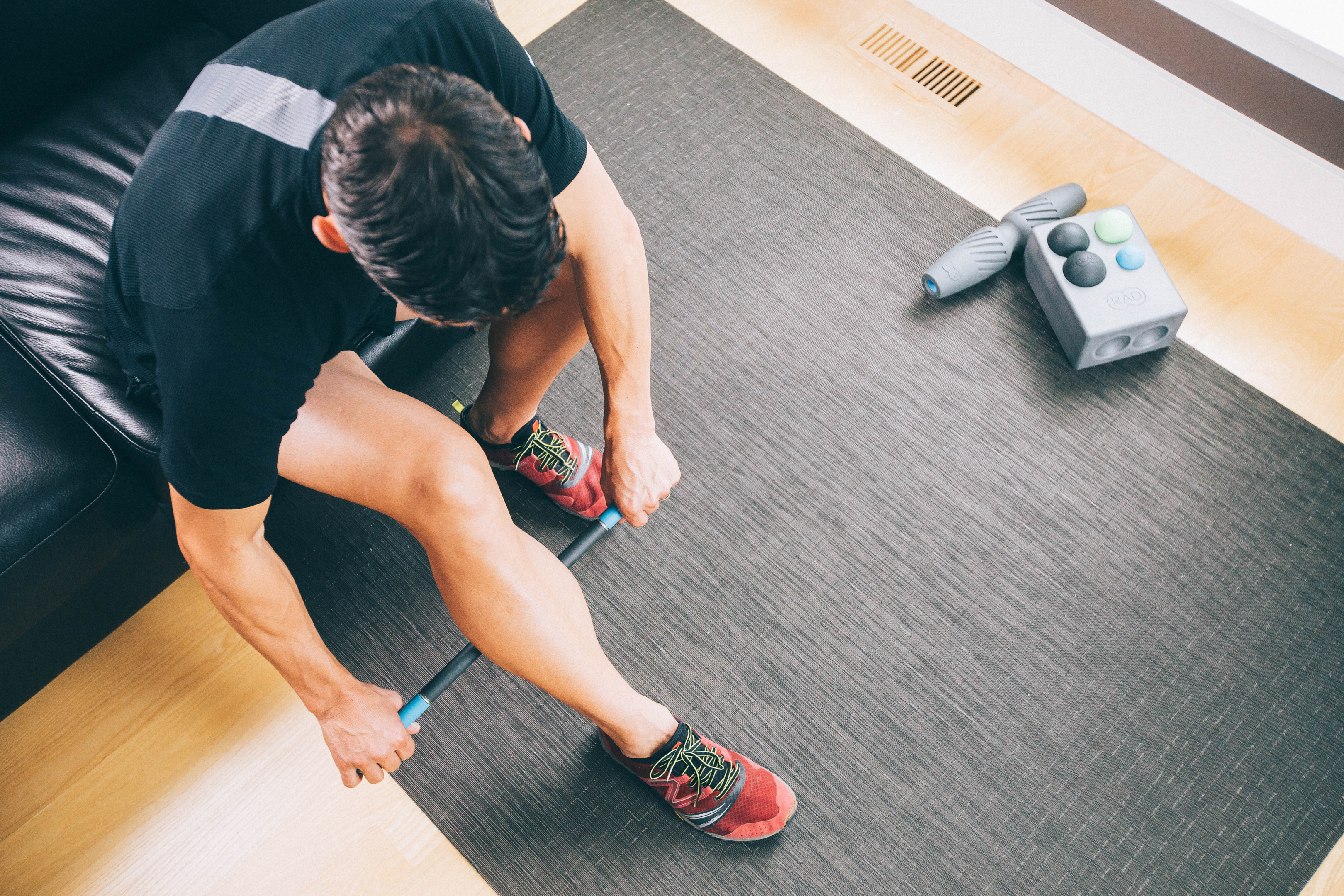
For the back, we use the Helix.....A foam roller that can use medium pressure to contact all the main muscle groups of the back and neck. It fits right into the hip as well to help combat hip muscle tightness.
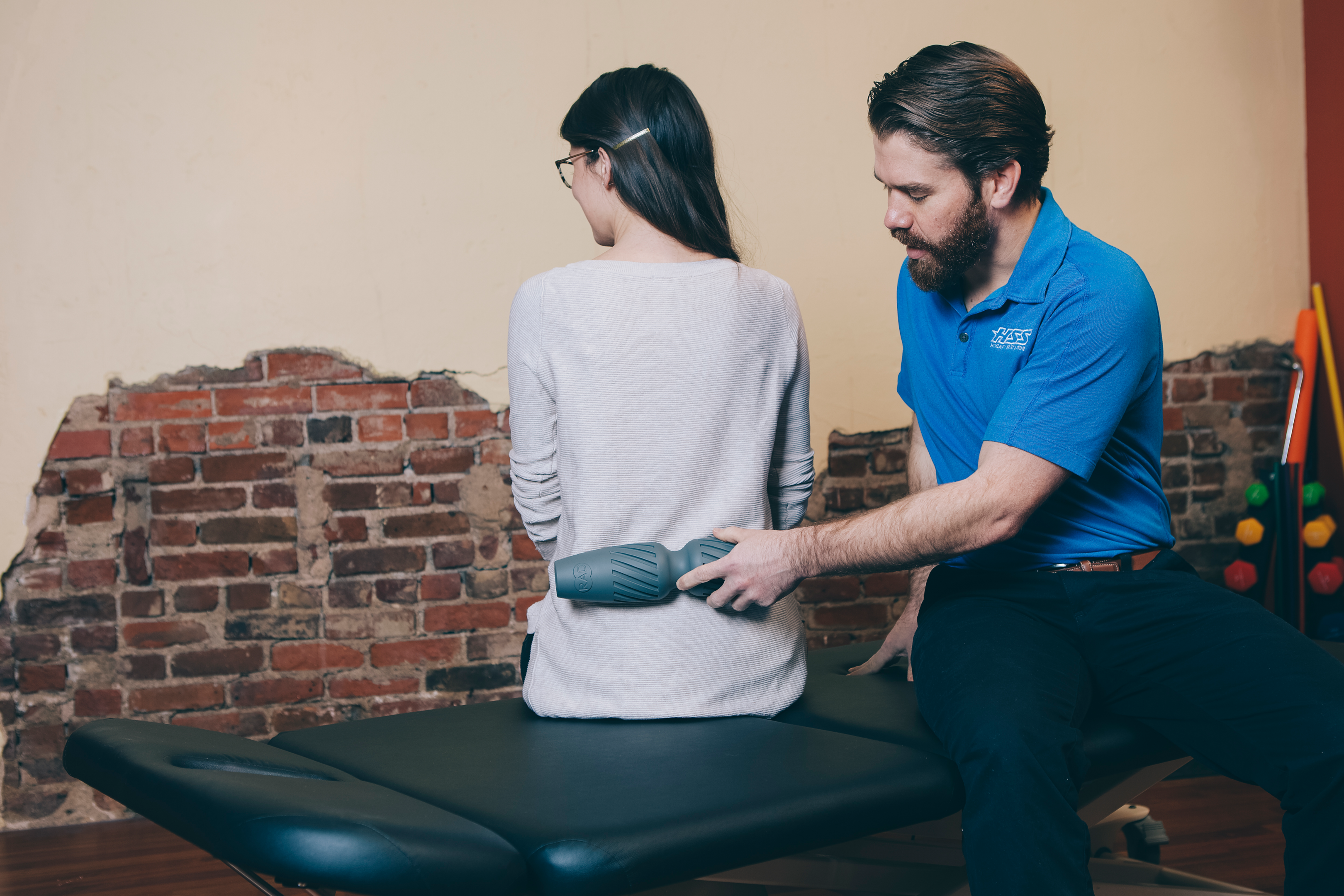
Corrective Work
For corrective work, we're always trying to stay around long enough for the muscle to relax and drop it's holding tension. To accomplish that, we need higher pressure than what we use for recovery, and smaller and more precision tools.
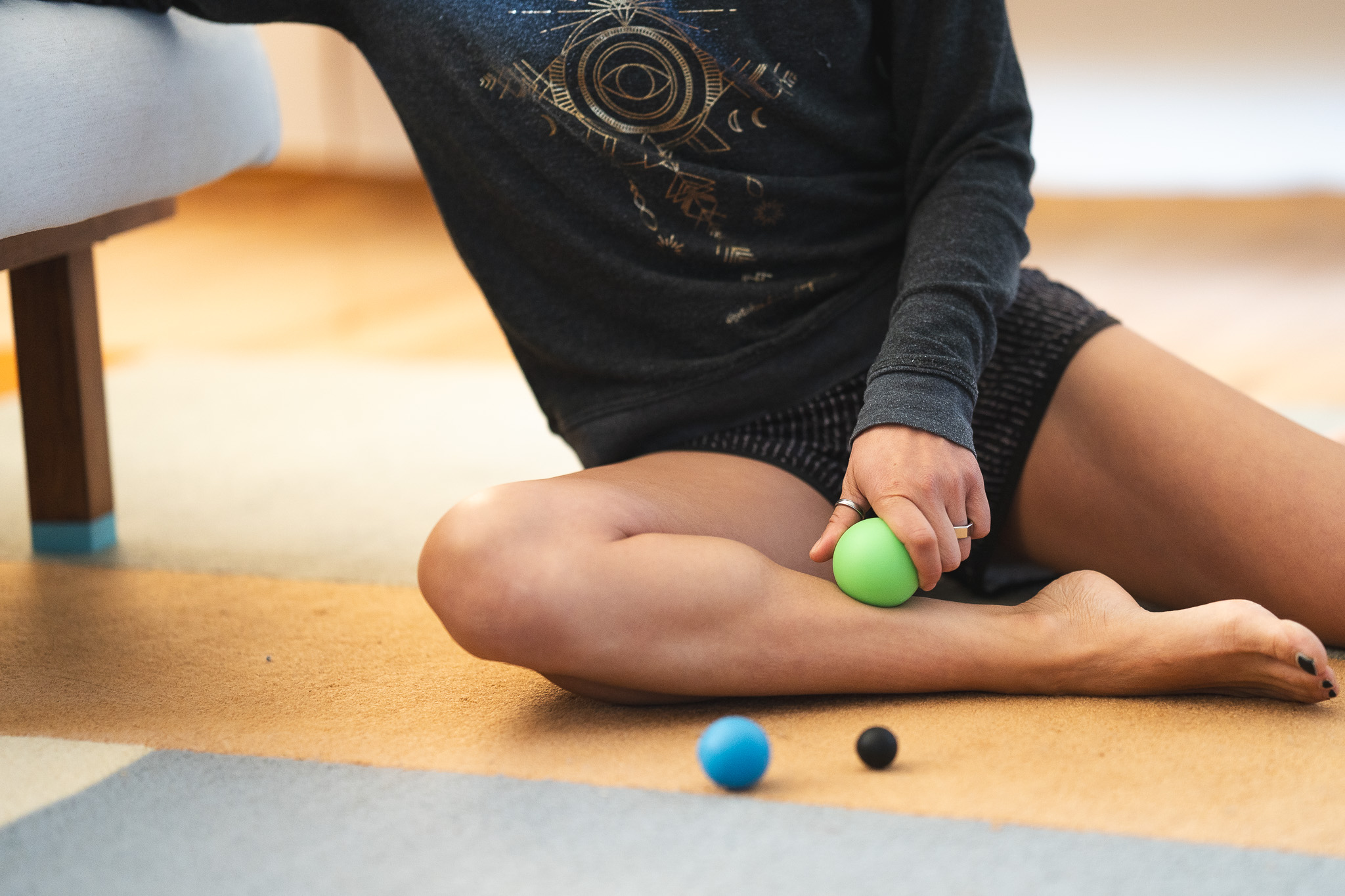
The Point Release Kit is meant for just this kind of work. Different sized balls for different-sized muscle groups, the RAD Roller for the spine, and the block to add leverage for hard-to-get-to areas.
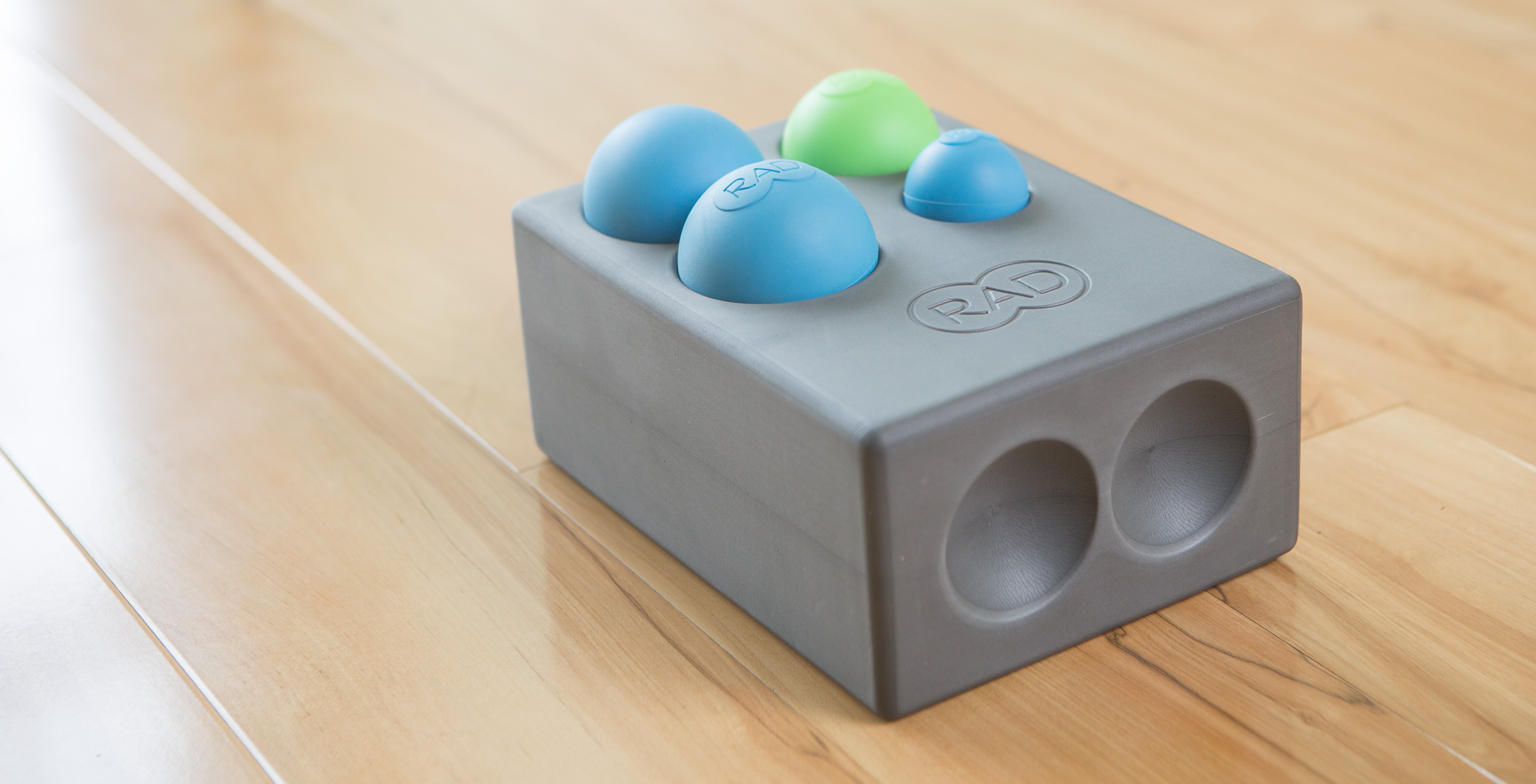
Relaxation and Stress Reduction
While it's true that almost any kind of massage therapy technique will help to reduce stress, we still want to use light pressure and slow movement for a muscle-melting experience.
Think broad-based tools like the Axle or Helix, and soft-touch tools like the Recovery Rounds or Centre. You don't want to be in the teeth-grinding zone here. Choose a soft tool, lay back, and relax.
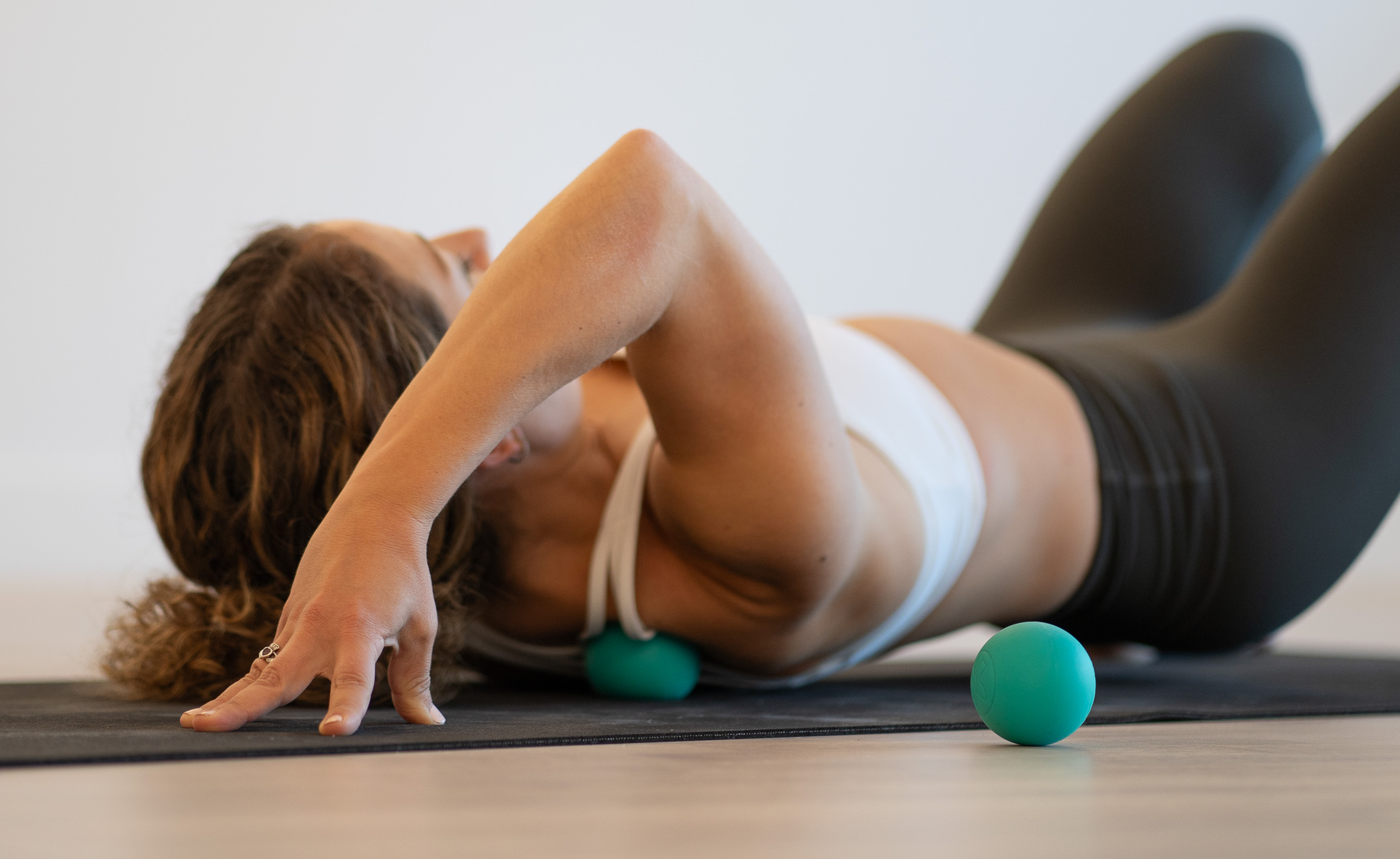
And Finally....
Want to know what everyone says after a massage therapy session?
"I should've done this months ago".......





